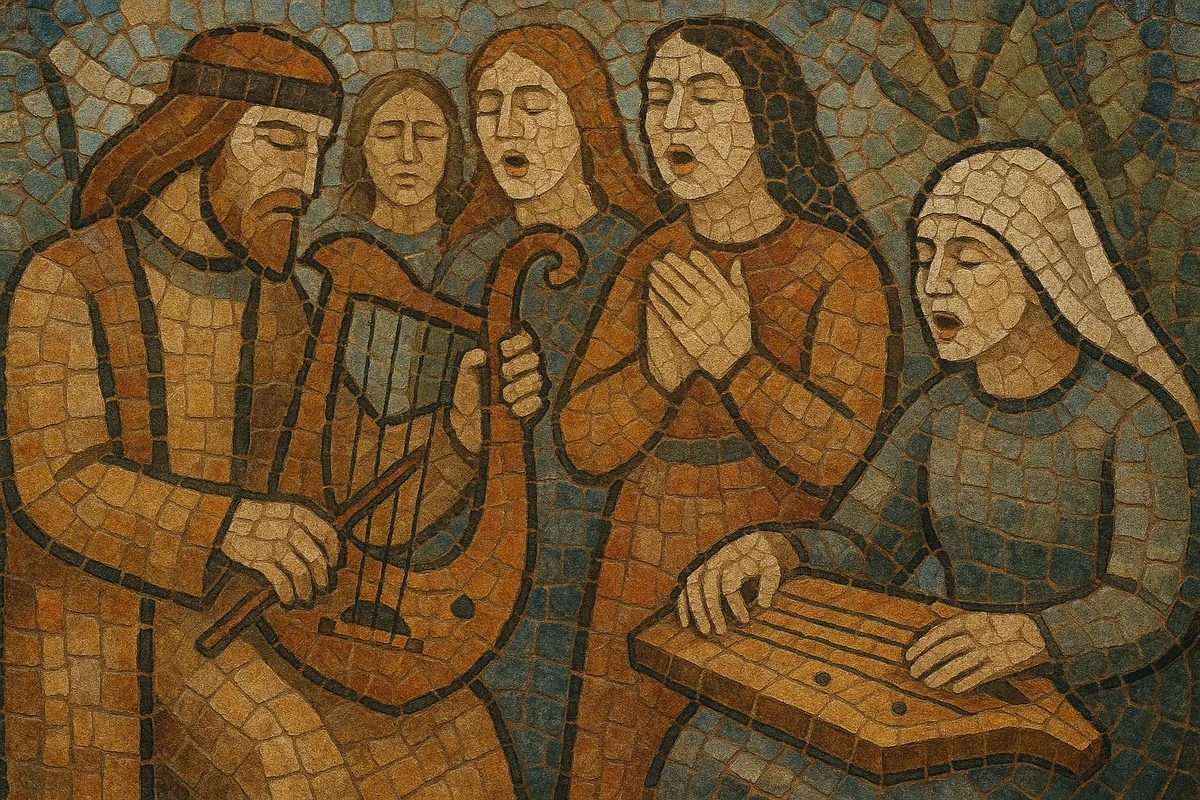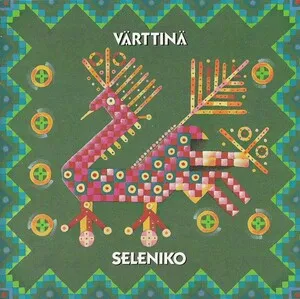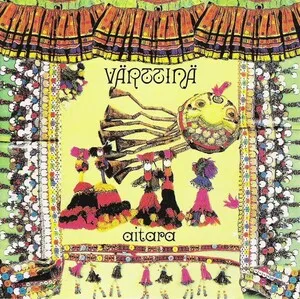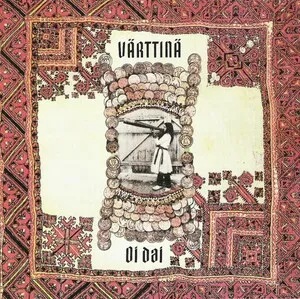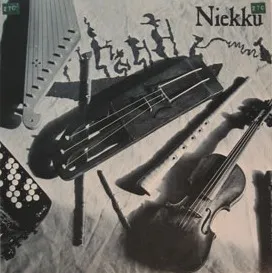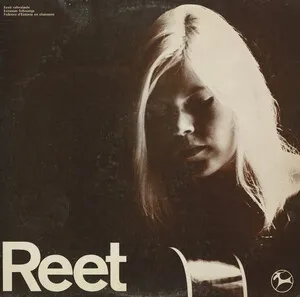Balto-Finnic folk music is the traditional music of the Finnic peoples of the northeastern Baltic region, especially Finns, Karelians, and Estonians. It centers on ancient runo songs in trochaic tetrameter, alliteration, and parallelism, and is accompanied by emblematic instruments such as the kantele (plucked zither) and the bowed lyre (jouhikko/Estonian hiiu kannel).
The style ranges from archaic, incantatory solo or choral chant to later dance repertoires shaped by contact with broader European traditions. Vocal delivery often emphasizes a steady, mantra-like pulse, modal or pentachordal/hexachordal melodies, and drone-based textures. Regional variants include Seto leelo and Karelian runo singing, with languages and dialects (Finnish, Estonian, Karelian, Võro/Seto) shaping timbre, prosody, and ornamentation.
Balto-Finnic folk music descends from pre-Christian oral traditions of Finnic peoples around the northeastern Baltic. Its core is the runo song, a verse form in trochaic tetrameter characterized by alliteration and formulaic parallelism. Songs fulfilled ritual, epic, and everyday functions—from work songs and laments to incantations—transmitted across generations without notation. Instruments such as the kantele (plucked zither) and the bowed lyre (jouhikko/hiiumaa’s hiiu kannel) anchored a restrained, modal sound world with drones and heterophony.
In the 1800s, systematic collecting and publication (e.g., Kalevalaic material in Finland and extensive runo corpora in Estonia and Karelia) reframed local traditions as national heritage. Folklorists and composers elevated runo song aesthetics, while village dance repertoires (polska, schottische, later polka) expanded through contact with broader European musics. This period effectively codified the tradition for modern audiences.
Political upheavals (including war and Soviet-era cultural policy in Estonia and Karelia) pressured local practices, yet choral traditions (e.g., Seto leelo) and instrumental lineages persisted. The late-20th-century folk revival—amplified by world music circuits—brought new professional ensembles, archival reissues, and pedagogies that revitalized kantele, jouhikko, torupill (Estonian bagpipe), and multipart vocal styles.
Since the 1990s, artists have fused runo song poetics and timbres with new composition, improvisation, and electronics. The result is a living continuum: historically grounded performance (solo chant, choral leelo, kantele/jouhikko tunes) coexists with innovative projects that expand the tradition’s modal palette, instrumentation, and stage presence while retaining its textual and rhythmic DNA.

